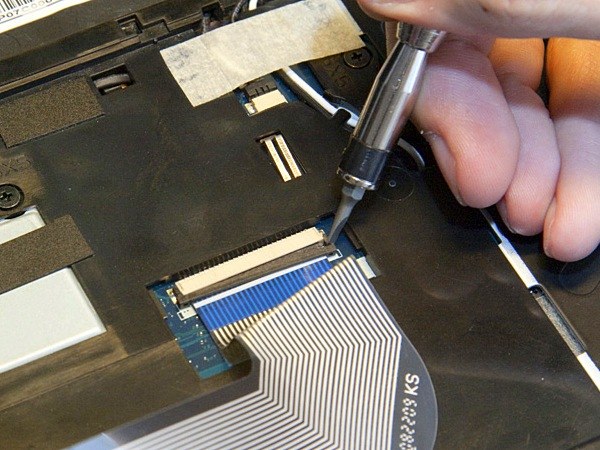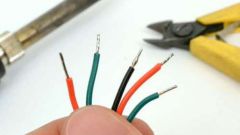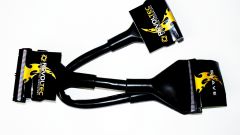You will need
- school microscope;
- thin solid insulating plate;
- - tweezers;
- glue "Moment";
- - pliers;
- - bow rosin;
- - alcohol;
- - soldering iron with a capacity of 10 – 15 Watt;
- - a scalpel;
- - lacquered wire with a diameter of 0.15 mm;
- - low-melting tin solder;
- - soft brush.
Instruction
1
Grind to a powder in a small amount of rosin and dissolve it in alcohol, using a ratio of one to six (one part rosin and six parts of alcohol). Glue "Moment" to the insulating plate the damaged section of cable and put this link under a school microscope.
2
With a scalpel carefully remove the top insulation layer with conductive paths around damaged area at a distance of 1.5 mm from the cliff. Apply with a soft brush a little of the alcoholic solution of rosin on cleaned from isolation paths. Tap this area of the plume is well tinned, with a minimal amount of solder, heated by a soldering iron.
3
Clean carefully with a scalpel from the nail wire diameter of 0.15 mm and a brush, apply the alcohol solution of rosin. Will saladita wire at a distance of 15 – 25 mm from the edge and carefully solder it to the first, the edge of the train damaged the track. Between connecting parts of the damaged area, lift the middle of the wires 1.5 mm above the plume.
4
Bend the section of wire that connects to both sides of the damaged track. Bite the side excess part of the second soldering point. Start soldering the ribbon cable with distant damaged segment.
5
Splice a loop if the break was at the bend in the area of mobile sites. Use a suitable length, width, and the required number and width of lanes segment of the plume that will be applied to produce the required inserts. Carefully and evenly cut across the plume at its damaged area.
6
Strip, connect and solder carefully insert each half of the loop. Make sure that the first track of the plume coincided with the first path to the other half. Tape glue "Moment" stack wire on the soldering stations.







